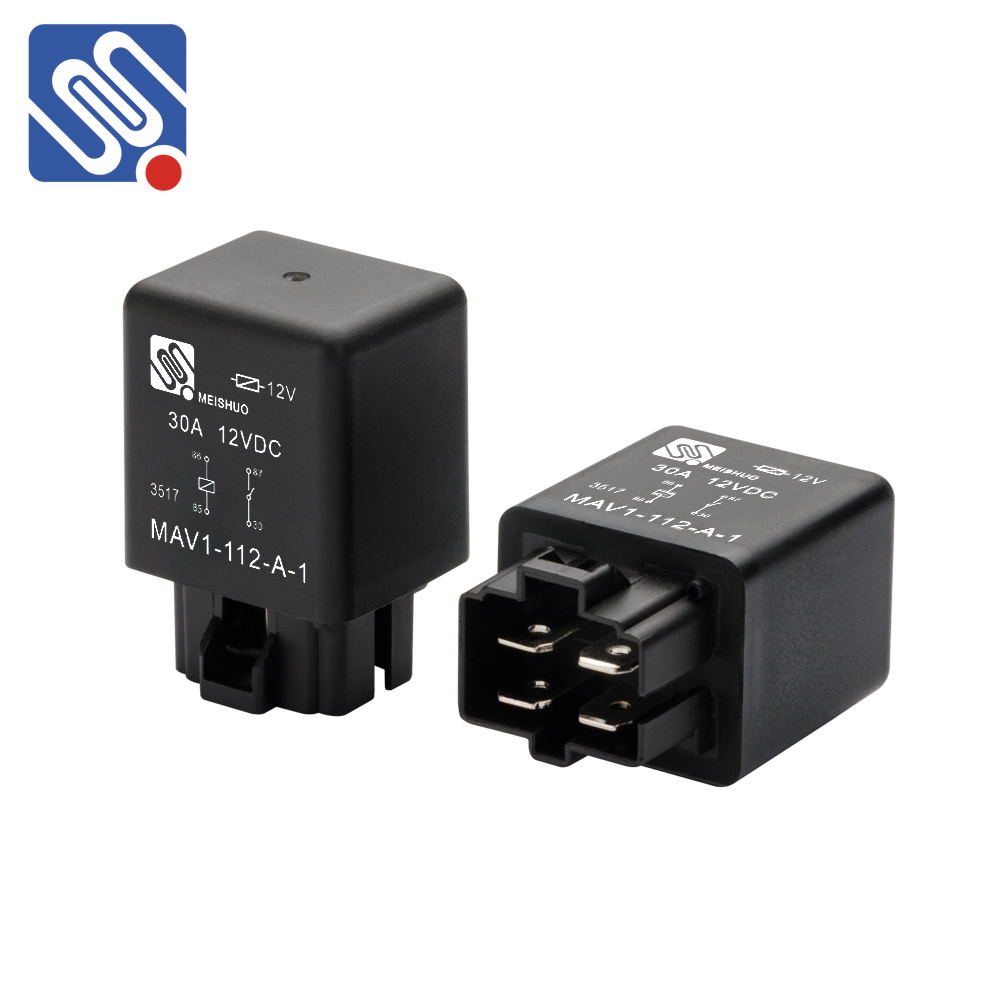Relays are essential components in electrical systems, used to control circuits by opening or closing contacts in response to a control signal. Whether in industrial, automotive, or consumer applications, selecting the right relay can significantly impact the performance, safety, and longevity of a system. This article explores the key factors in a relay specifications comparison, highlighting the most important technical parameters and how they affect relay performance.

1. Voltage and Current Ratings One of the first specifications to compare when choosing a relay is its voltage and current ratings. The nominal voltage defines the voltage the relay can handle when it is activated, and this must match the control signal provided. For instance, automotive relays typically use 12V or 24V, while industrial applications might require relays rated for 48V, 120V, or even 240V. In addition to voltage, current rating is crucial. The relay should be able to handle the maximum current expected from the load. Exceeding the current rating can lead to overheating, contact degradation, and eventual failure. Therefore, understanding the current requirements of your system and ensuring the relay can accommodate them is fundamental.